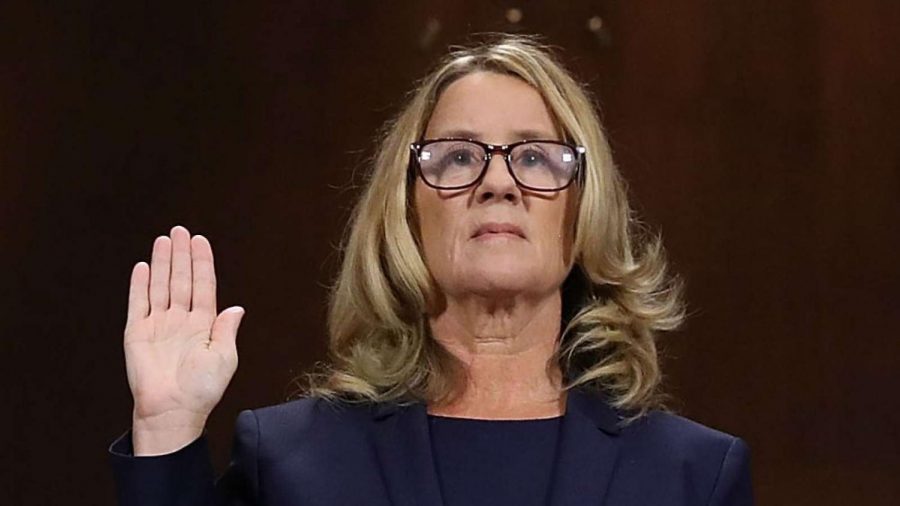How the #WhyIDidntReport movement took our political, social climate by storm
The Senate hearing for Dr. Ford and Judge Kavanaugh has sparked a new social media movement, #WhyIDidn’tReport.
The #WhyIDidntReport movement came out of support for Professor Christine Blasey Ford after President Trump criticized Professor Ford for not reporting the incident and defending Supreme Court Nominee Brett Kavanaugh on Twitter. The purpose of the movement is to educate the public on the many reasons why victims of sexual violence do not report their crime. Similar to #MeToo and #TimesUp, the most recent #WhyIDidntReport movement is a prime example of how hashtag movements can spark conversation, raise awareness and make a change.
“I think it comes out of frustration that people still aren’t understanding why reporting sexual violence is so tricky and why our criminal justice system is not set up for sexual assault…even if you do report, generally the systems that are set up don’t understand trauma,” says Alma Baker, co-president of It’s On Us, an student organization that promotes awareness of sexual violence on college campuses.
Although the the hashtag movements are opening up a crucial dialogue around sexual assault, they can be extremely triggering for survivors, scrolling through their social media feeds and seeing stories of sexual assault, one after another. And then there’s pressure to share their own story.
“There’s a lot of positive in this because it’s making change, but at the same time when you’re on Facebook or Twitter, everything is filled with these stories. That’s bringing up the trauma again. It puts this unneeded pressure on survivors of- like, if everybody else is doing it and putting themselves out there then I need to put myself out there too,” says Baker.
One of the biggest criticisms of these hashtag movements is that it’s usually women who are being represented. Although women and girls do experience sexual assault at the highest rate, it’s important to note that men aged 18-24 who are college students are five times more likely to experience sexual assault than non-college student males of the same age. Twenty one percent of TGQN (transgender, genderqueer, noncomforming) college students have been sexually assaulted while 18 percent of non-TGQN female students, and 4 percent of non-TGQN male students have been, according to RAINN, the Rape, Abuse & Incest National Network.
There are many different options for reporting a sexual assault on campus; one is to anonymously report through Title IX on the St. Edward’s website. However, by anonymously reporting nobody can follow-up with you. Students can officially file a report by either talking to an RA or a professor because they are mandatory reporters. Students can also go through the Dean of Students Office. Another resource is the Health and Counseling Center, where students can speak with counselors. And then of course, students can go through the police to file a legal case.
Baker recommends that before students decide to file a report they should speak to advocates on campus. “They’re the experts in this area and they’re confidential, so nothing happens without the survivor wanting to do something,” says Baker. St. Edward’s advocates can be found the Title IX website.







